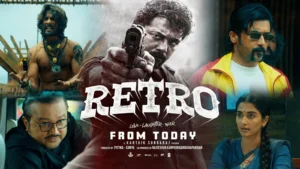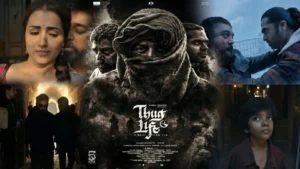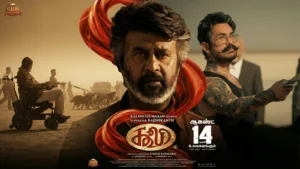Thalapathy Vijay’s Leo movie has been released inside theaters, but before you rush to book tickets, let me give you the first important PSA – you won’t get to watch its Hindi dub in PVR or INOX. If you’re planning to watch it in Hindi, check your nearby single-screen theatres or regional multiplexes, because mainstream chains have skipped it. And now, inside this review, I will try to answer two big questions.
First, for those people who are going to watch Leo just as a movie – whether you’re a Vijay fan, a Lokesh Kanagaraj admirer, or someone curious about the hype.
Second, for those people who were super-excited because Leo could possibly be connected to the Lokesh Cinematic Universe (LCU) and were waiting to see if this film expands the universe or breaks the pattern.
Let me address the second one first – whether it is connected or not. To be brutally honest, the answer fits in one single word. But I won’t say it here, because I don’t want any spoilers on my hands. Instead, think of this as a friendly pro tip: if you’re going to watch Leo only for the cinematic universe theories, keep your expectations a bit low. You will enjoy it more that way.

Because Leo, to a large extent, functions as a stand-alone film where Thalapathy Vijay’s character Parthi runs a café in a peaceful town, living a sweet, grounded life with a loving family he adores deeply. But, as it happens in Lokesh’s universe, peace has a short shelf life. Suddenly heavy-duty goons crash into this happy family bubble. Their leader is Antony Das, played by Sanjay Dutt. And the big question they bring is simple: What do they want from Parthi?
They think Parthi is Leo.
Parthi insists, “I am not Leo.”
And the whole movie revolves around the battle between these two statements – a war of identity, past mistakes, buried histories, lost relationships, and dangerous assumptions.
A Terrific First Half: Thriller, Tension, and Thalapathy
Now let me tell you this honestly – I personally liked the first half very, very much. Right from the beginning, the film throws a philosophical question in front of us: what is the price of taking a life? And Lokesh Kanagaraj doesn’t just ask the question once. He keeps bringing it back through Parthi’s reactions, moral dilemmas, physical breakdowns, and silent burdens.
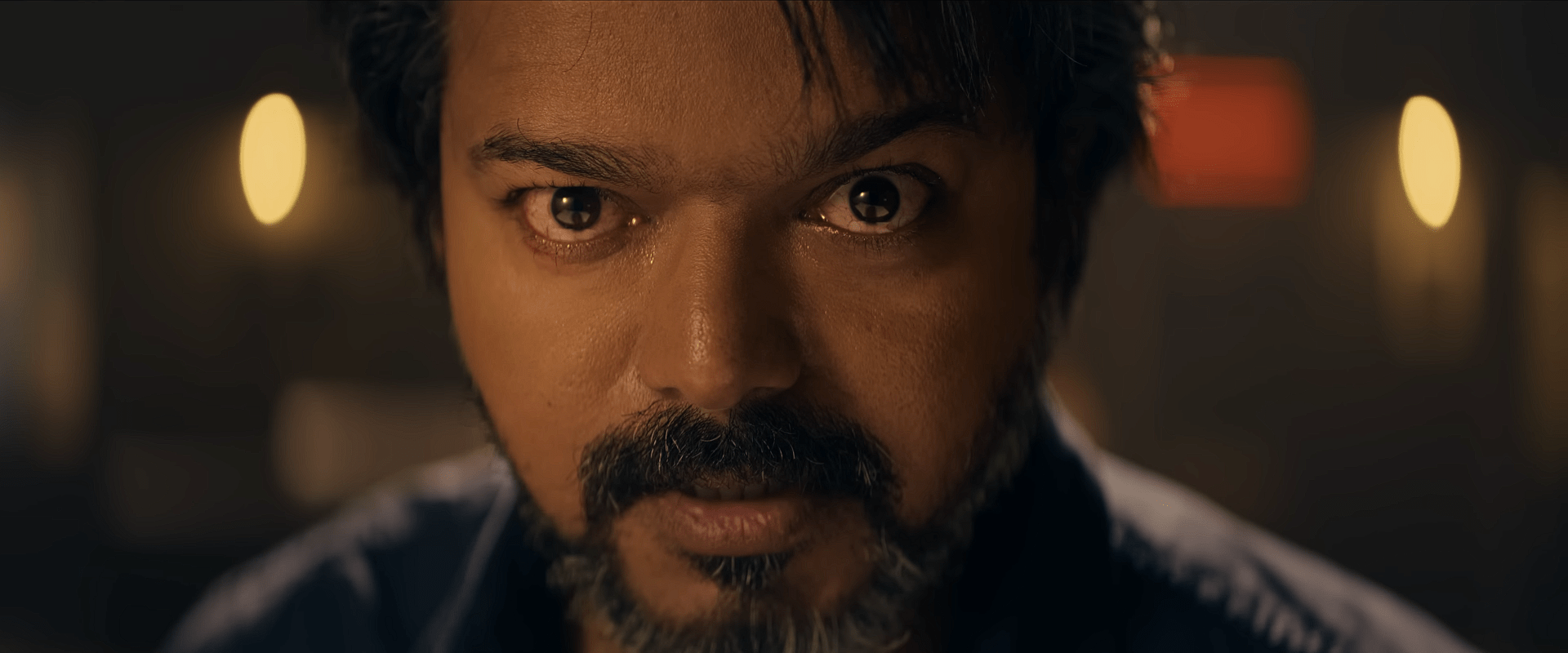
The way Vijay’s character gets trapped deeper and deeper inside this swamp – forced to kill people only to protect his family – is executed extremely well. The compulsion, the fear, the helpless rage… it is all presented with a sense of reality. The film shows how and with what he kills people, and surprisingly, it never feels exaggerated. The choreography, the staging, the brutality – everything is crystal clear.
And this clarity is Lokesh Kanagaraj’s signature. Whether it is the way he presents bloodshed or the long takes used to create an immersive environment, his filmmaking style shines.
So yes, the first half worked beautifully for me. The emotional tension, the action sequences, the sense of danger – all on point.
- A Terrific First Half: Thriller, Tension, and Thalapathy
- Music: When Anirudh Hits, He Hits Hard (Except When He Doesn’t)
- Where Leo Stumbles: A Patchy Second Half and CGI Problems
- Sanjay Dutt’s Antony Das: Set Expectations Carefully
- A Note on the Hindi Dub: You’ll Need Patience
- A Rushed Climax: Generic Action Blocks and Less Emotional Weight
- A One-Time Watch That Delivers Commercial Entertainment
- Related Movie Reviews
- Rate this movie
Music: When Anirudh Hits, He Hits Hard (Except When He Doesn’t)
Before I talk about what Leo lacks, let’s discuss the music, because when it hits, it hits amazingly. The entire soundtrack and background score carry the unmistakable magic of Anirudh Ravichander, who recently gave chartbusting music for Jawan.
But not everything is perfect. In a few scenes, the music choices felt… odd. For example, right after Parthi kills people for the first time, he begins experiencing a form of Post-traumatic stress disorder (PTSD). He’s terrified that more goons will come to kill his family, so he stays awake through the night, every nerve stretched tight.
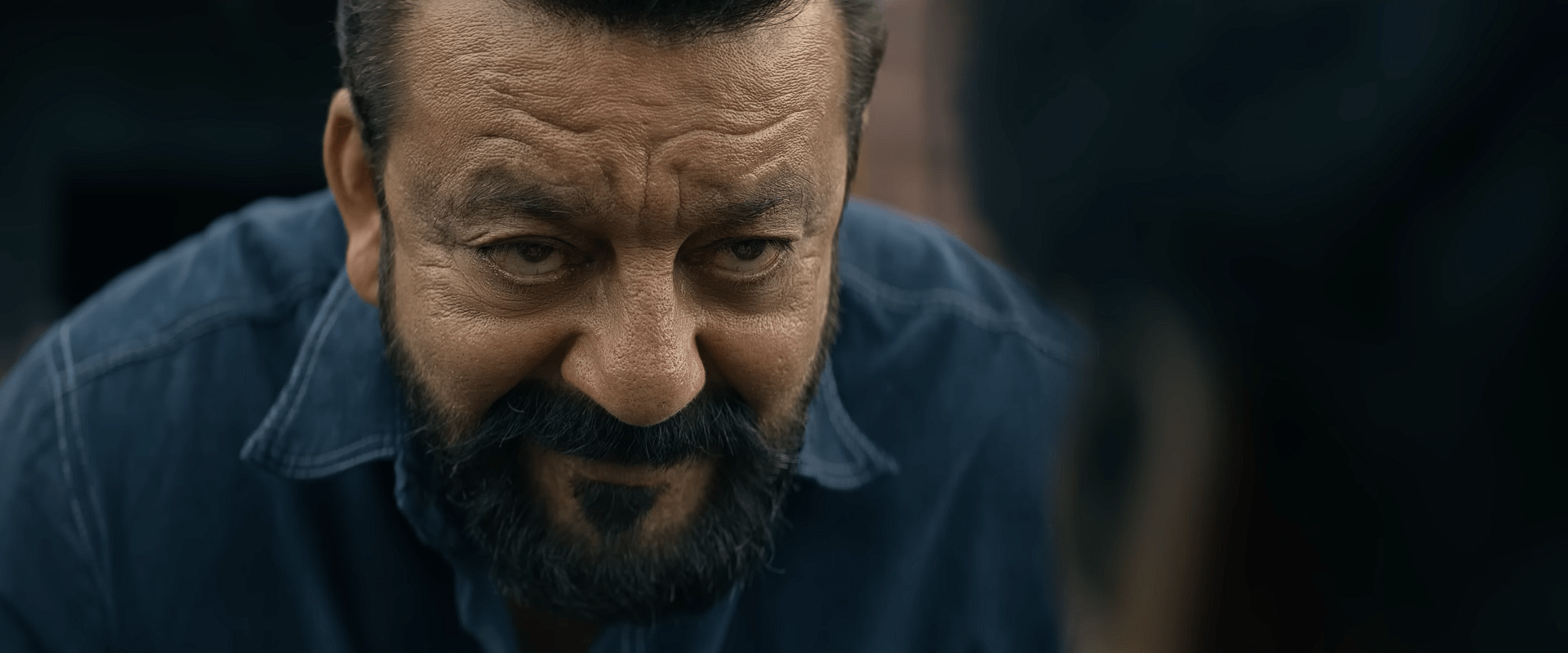
And what music plays in the background?
A track that sounds super cool in isolation… but very mismatched to the emotional intensity of the scene. This contrast breaks the mood for a moment and reminds you that a better sound choice could have elevated the tension.
Still, for most parts, Anirudh’s score is electrifying and adds real energy to the film.
Where Leo Stumbles: A Patchy Second Half and CGI Problems
Now let’s come to the cracks that appear in the second half, because they matter.
The intense atmosphere maintained in the first half – that tight grip on your attention – doesn’t remain consistent. The drop becomes visible as soon as the high-intensity car chase begins. Yes, the ambition behind this sequence is good. Yes, the idea is fresh. But the execution? Not quite there.
Till now, we had seen Parthi engage in hand-to-hand combat or weapon-based fights – all well-choreographed. Suddenly, the movie shifts into a hyper-energetic, fast-paced chase scene. So fast that if you blink a little longer, you will miss details. And even after watching attentively, some things remain unclear.
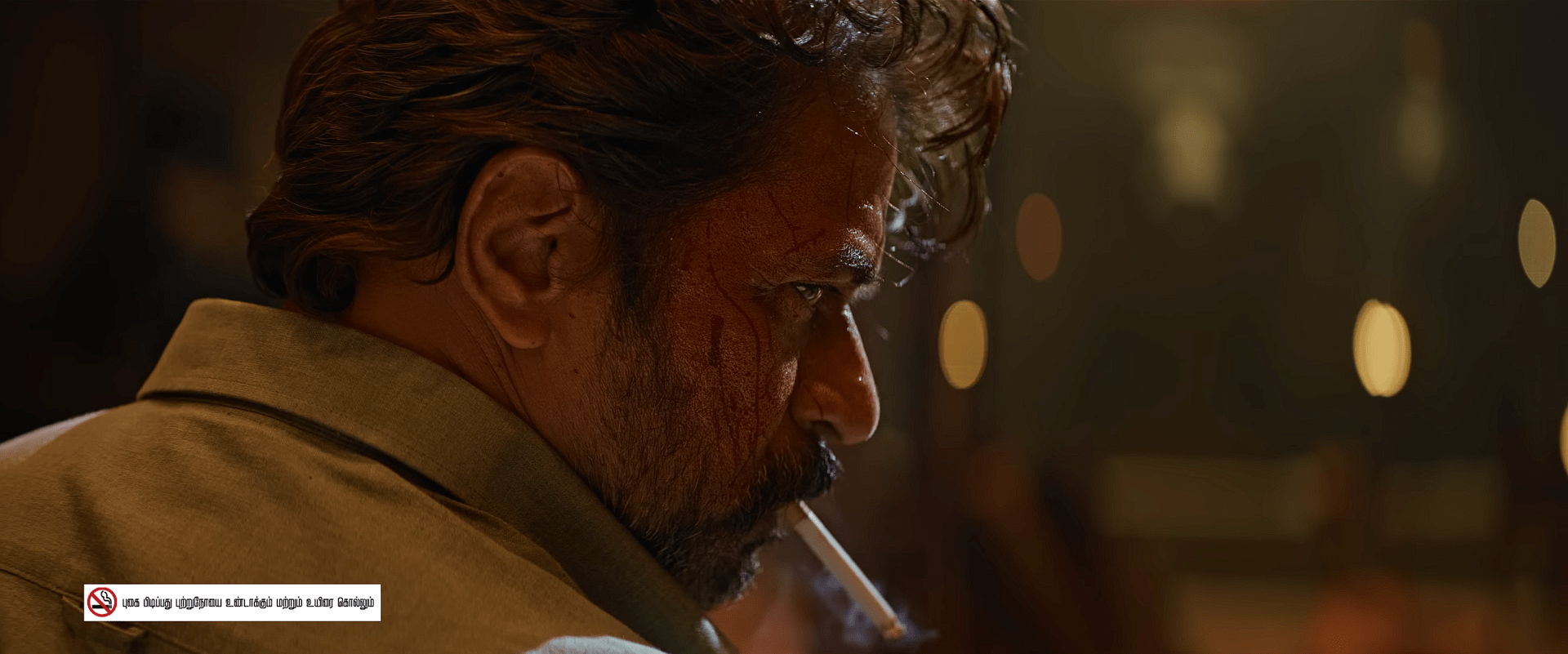
And this is where the problem lies – CGI and VFX inconsistencies. Some moments lack finesse, and the imperfections become visible because the rest of the film is so well-crafted.
Sanjay Dutt’s Antony Das: Set Expectations Carefully
Coming to the deep story-related point – Sanjay Dutt’s character. If you are entering with sky-high expectations for Antony Das, then please don’t. He is intimidating, yes, but the writing around him doesn’t give him much space to dominate the film.
If you want to set expectations, Thalapathy Vijay is a much safer bet. His emotional scenes, action scenes, and those silent intense moments where he communicates through his eyes – all done extremely well. This is one of his most stylish, controlled, and powerful performances in recent years.
So if you’re a Vijay fan and want to watch the movie solely for him, then definitely go. He carries the film.
A Note on the Hindi Dub: You’ll Need Patience
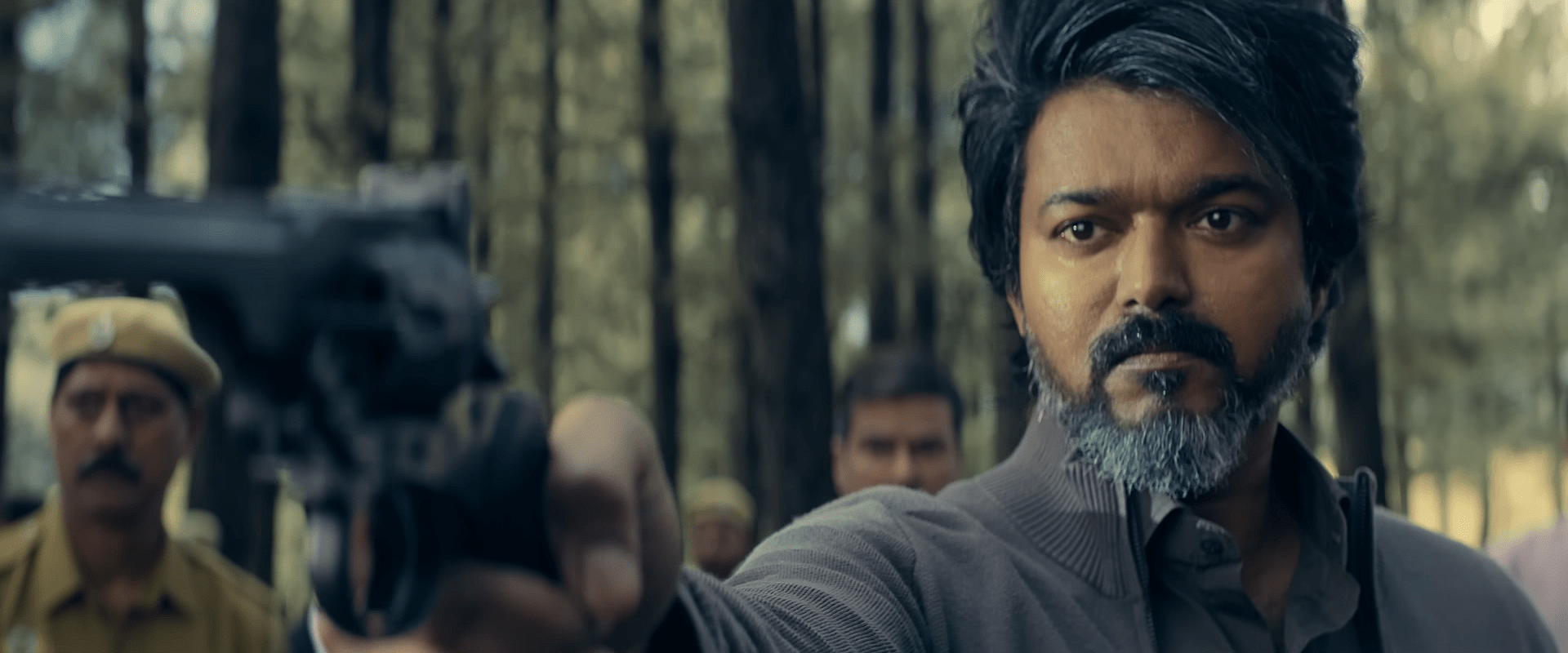
Before leaving the theatre, let me warn Hindi viewers about one thing – Vijay’s Hindi voice actor. Just like the Hindi version of the film has been semi-ignored, you may have to ignore his dubbed voice too. The dubbing artist tries his best, but the voice doesn’t match Parthi’s personality or physical aura.
When the movie flows smoothly, you won’t notice it much. But in some scenes, especially emotional or intense ones, you will definitely feel like – “No man… no man…”
A Rushed Climax: Generic Action Blocks and Less Emotional Weight
The second half’s quality drop becomes even more visible towards the end. The film starts hopping from one action block to another without giving scenes enough breathing space. Things happen quickly, sometimes too quickly, and emotional beats that could have landed harder feel underdeveloped.
Because of this, by the time the finale arrives, the film slides into the zone of a generic action movie, losing some of the spark that defined its beginning.
A One-Time Watch That Delivers Commercial Entertainment
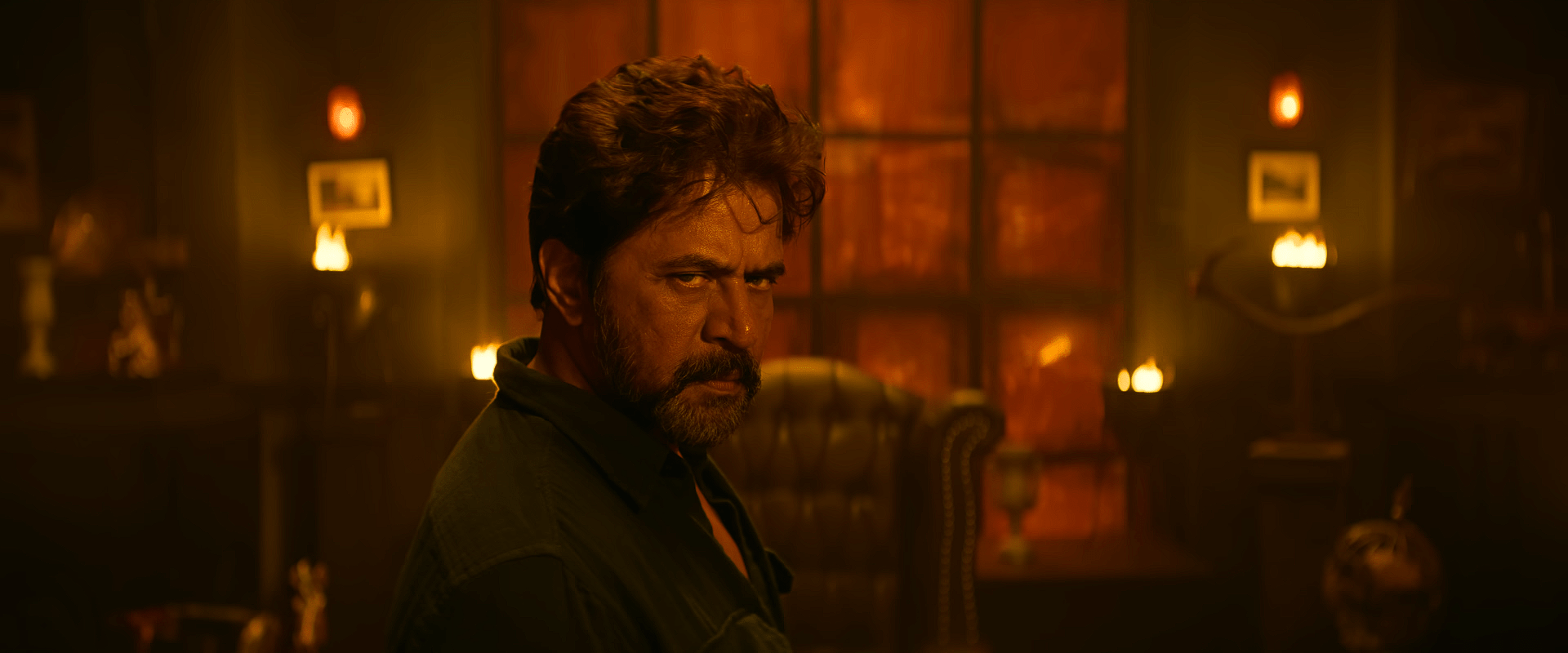
But despite its flaws, Leo is definitely a one-time watch. Even if you are not a regular Vijay follower, your ticket money will be worth it. The film delivers a solid commercial mass experience with strong action sequences, stylish presentation, and a compelling central performance.
And about the LCU universe thing – well…
keep your expectations balanced, watch the film with an open mind, and let the story speak for itself.
